Tropical forests may be the key to climate mitigation
Efforts in Peru’s Madre de Dios region aim to sequester carbon
Fruiting Fig-dense canopy in Manu National Park in Cocha Cashu.
March 30, 2023
As I boated down the Manu River last summer with Dr. Miles Silman, Prof. Justin Catanoso, and other Wake Forest students, we left one world and entered another.
Just 10 minutes prior, within Manu National Park’s borders, a lush canopy filled the river shoreline, and long forest-green vines hung down kissing the river’s edge. Now, pieces of plastic litter and piles of river stones have replaced what used to be tall grasses, forming the remains of mining sites.
The drastic loss of canopy observed indicates the loss of life. Canopy is the overlapping leaves and branches of rainforest trees. Research indicates that half of the rainforest’s life lives within the canopy.
Silman reminisces fondly on the experience of being under the thick canopy and surrounded by lush jungle: “the feeling when you walk into a forest, and you know there are no bounds, and you know that if you get lost you won’t come out, or it’s just really gonna be ugly… that’s a thrilling feeling of exploration.”
Recently, deforestation has replaced this lush jungle.
“It makes me sad and wistful to look at Madre de Dios and now see that same landscape filled up with agriculture fields and housing developments,” he said.
This section of the Amazon is essential to maintaining life on earth. Second in size only to Brazil, about 13% of the Amazon is located in Peru.
Rainforests store 250 billion tons of carbon dioxide on earth, making them a vast carbon sink. According to the environmental news organization Mongabay’s “Rainforest Information”, this is equivalent to more than 200 years of carbon emissions from human activities.
As trees are cut down, they release carbon dioxide into the atmosphere, contributing to climate change. Compounding the issue, as carbon dioxide levels in the atmosphere rise, big tropical forests can no longer act as effectively as carbon sinks and, in the end, emit more carbon than they can absorb.
In 2021, the total amount of deforested area in each of the Amazon’s deforestation hotspots — Peru, Brazil, Colombia, and Bolivia — was equal to 15 million acres — equivalent to the size of West Virginia. Seven percent of this deforestation occurred in Peru specifically as a result of agricultural expansion and illegal gold mining.
Meanwhile, back in Manu National Park, deep in the Amazon, a traveler would likely never suspect that such drastic destruction is occurring outside the park’s borders.
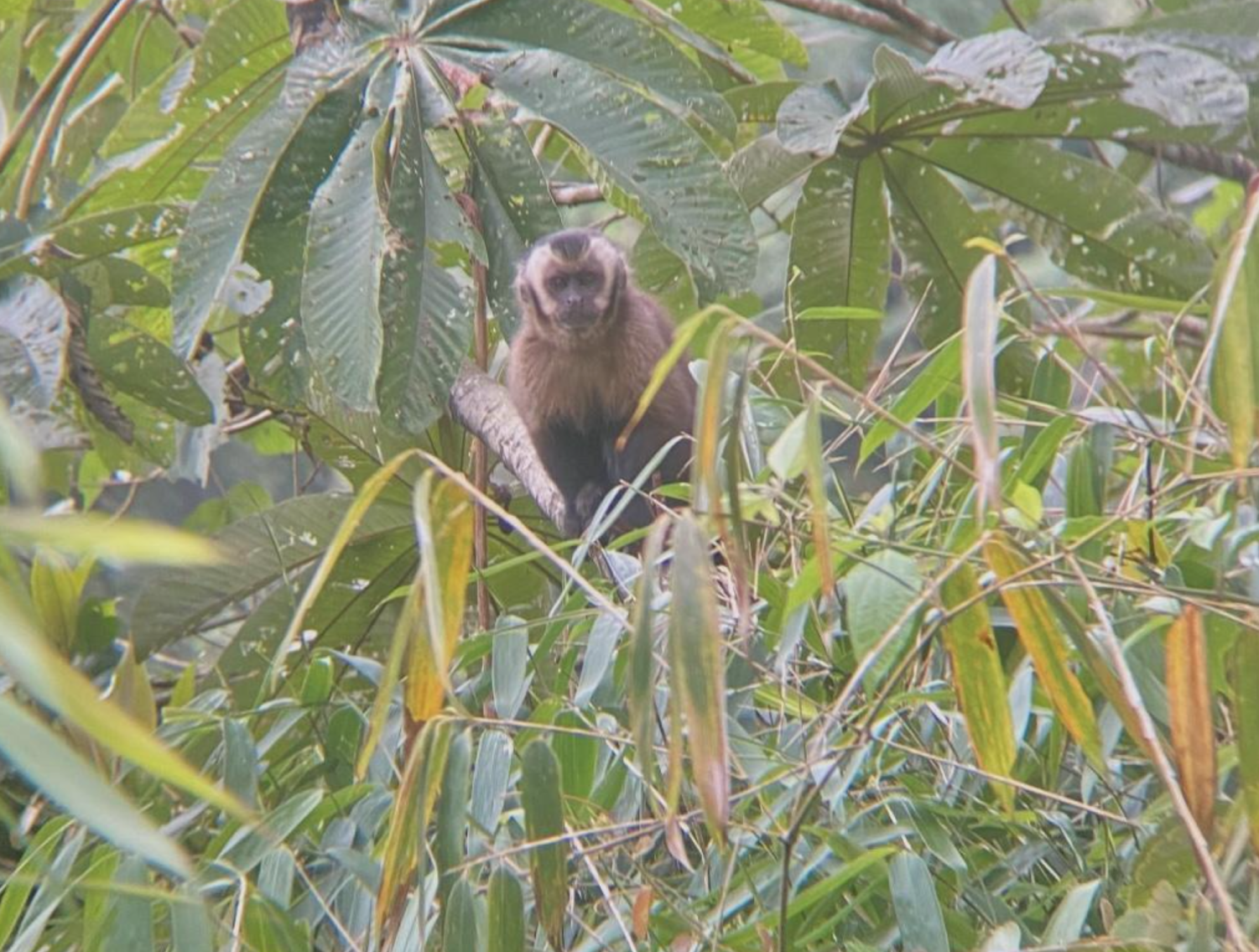
A healthy forest is awake
As the sound of howler monkeys and oropendolas filled the air at 5 a.m., this was a sign that the sleeping forest was now awake.
At Cocha Cashu, a remote biological station in the Manu National Park’s center available to only biologists and researchers, we studied biodiversity.
On hikes around the park’s vast trail system, the liveliness of the forest was evident. Leafcutter ants marched over the litterfall, or dead plant material, as the nutrients cycled back into the soil. Troupes of squirrel and spider monkeys took turns feeding on a nearby fig tree.
While conducting an observational research project, Wake Forest junior Woods Curry and I sat under a fruiting fig tree just two miles away from camp and kept a record of all the species we saw come to feed.
From dawn to mid-afternoon, we observed that up to three different monkey species fed from the tree as flocks of parakeets circled nearby. This canopy remains diverse with activity — a sight that is less common outside the park’s boundaries.
“One of the things I have noticed over the years that has been most striking to me [has been that] when we used to sit around the table at Cocha Cashu and talk, we talked about the animals that we saw that day,” Silman said. “And now we talk about climate change, and we talk about how deforestation plays a role.”
A dystopian hellscape
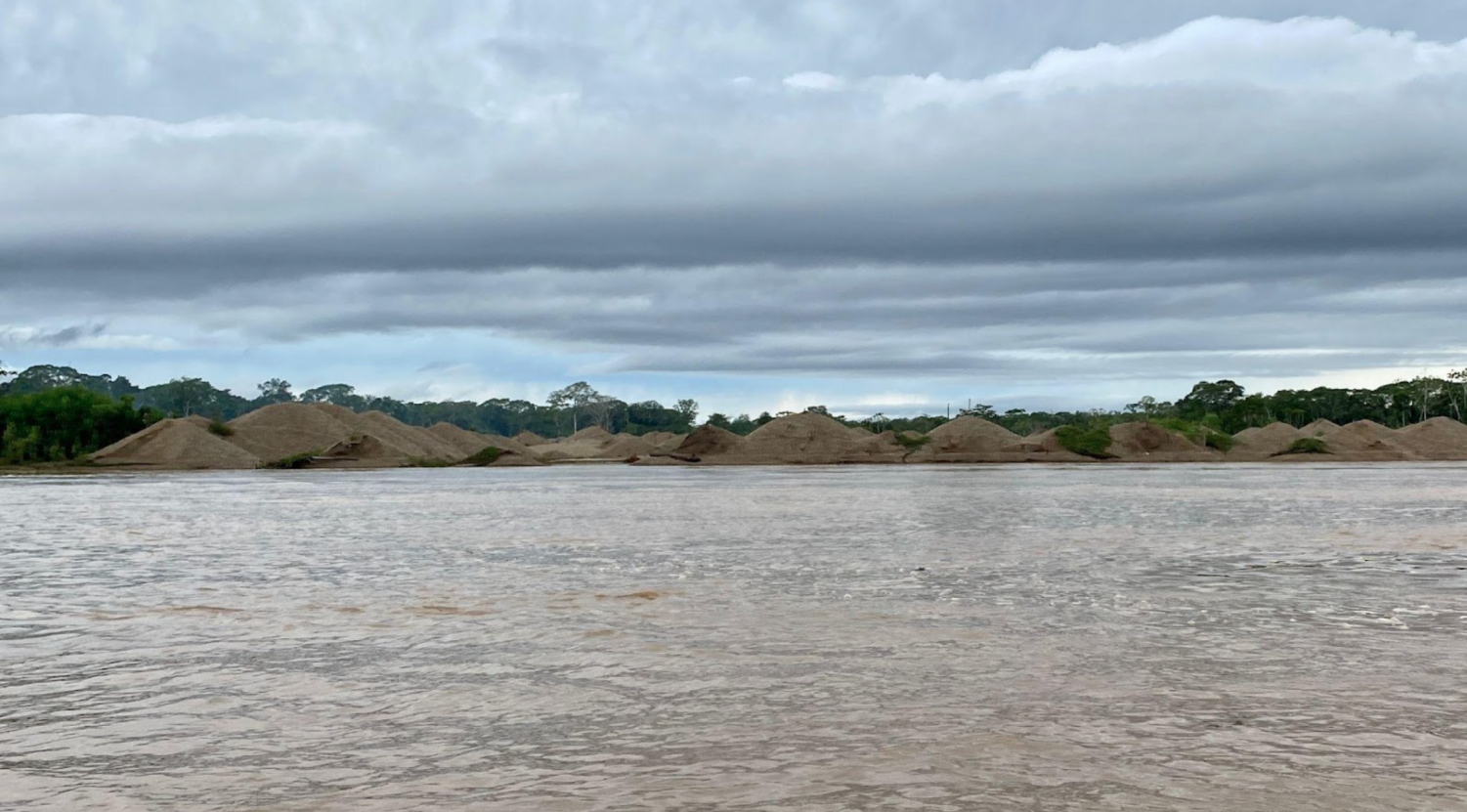
After a day and a half of boating down the Manu River away from Cocha Cashu, which eventually feeds into the Rio Madre de Dios, we exited the borders of the national park and saw the first sign of a dying tropical forest.
Off the river’s edge, the once dense canopy looked sparse and anemic. In front of the line of trees that remain, 10-foot piles of river stones dressed the shoreline. To the right of the river stones, illegal gold mining equipment floated on the water.
“This is a brazen display of illegality out in the open,” Catanoso said.
This illegal gold mining starts with clear-cutting an area, then taking sediment out of the ground and sifting it with river water, and finally using mercury to recover small gold flakes in the uprooted soil and sediment.
As a result of this process, mining ponds and river stone mounds are formed.
A 2013 study reported by the environmental magazine Pacific Standard quoted CINCIA director: “The first comprehensive look at Peruvian rainforest lost from mining showed 30,000 hectares. Five years later, we have found nearly 100,000 hectares of deforested landscape,” said Luis Fernandez, the executive director of the Center for Amazonian Scientific Innovation (CINCIA), an organization in support of reforestation.
In contrast to the Eden-like Cocha Cashu, we were now looking at a dystopian hellscape.
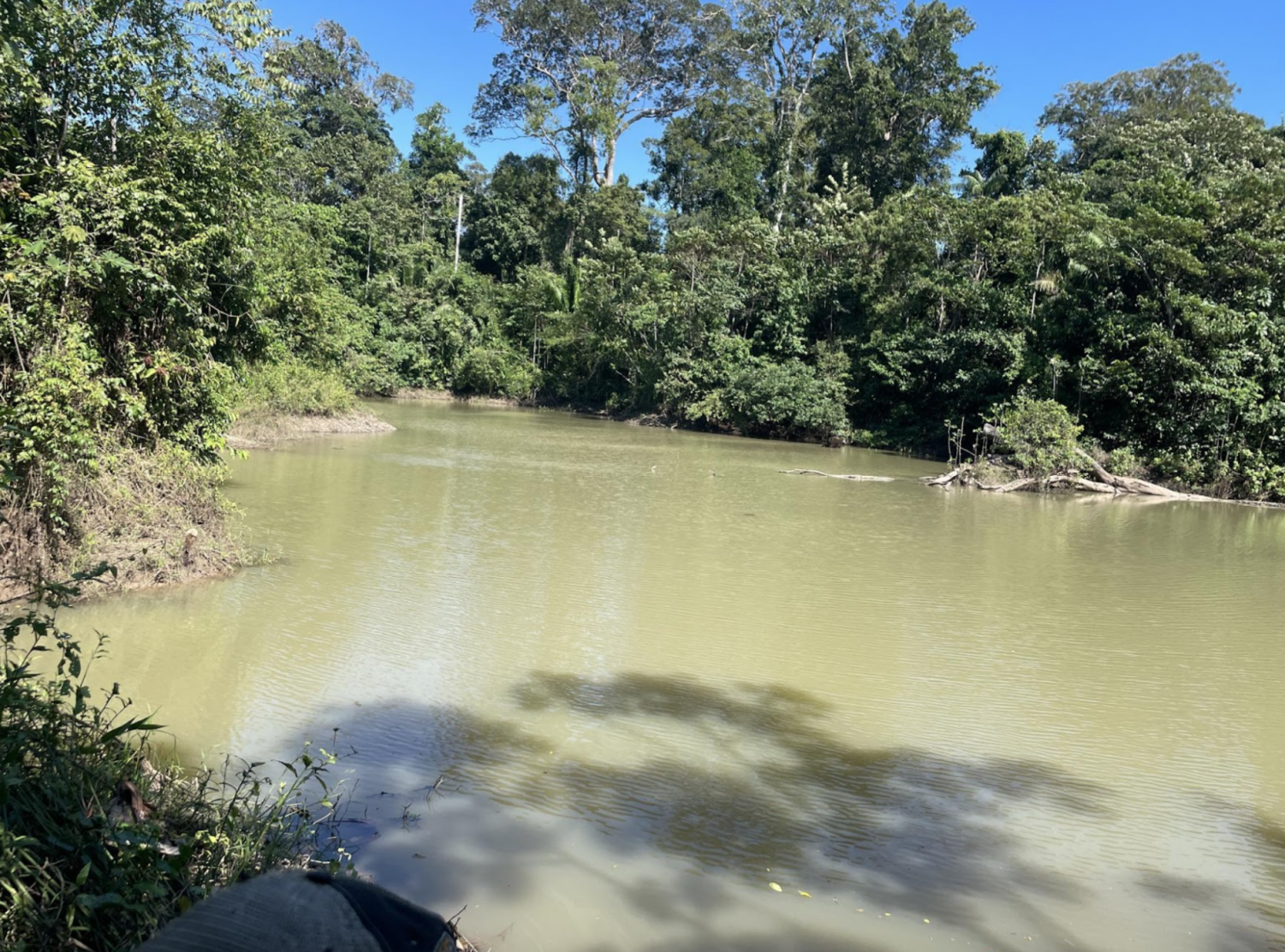
According to the organization Monitoring of the Andean Amazon Project (MAAP), the deforestation caused by small-scale gold mining has resulted in a loss of 100 million metric tons of carbon from 2013 to 2020. This 100 million metric tons of carbon is equivalent to nearly all the carbon emissions from the 22 million cars in the state of Texas.
In the Madre de Dios region alone, 800,000 metric tons of carbon were emitted into the atmosphere between 2013 and 2020, according to MAAP.
For these drastic carbon emissions to be reversed, tropical forests need to be restored. Carbon sequestration, the process by which carbon is extracted from the atmosphere and into carbon sinks, can be accomplished by trees.
The road to regrowth
Puerto Maldonado, the largest town in Madre de Dios, is the home base of many successful reforestation groups. One of these is CINCIA, which is closely tied to Wake Forest.
“CINCIA was founded by myself, Miles Silman, and several Peruvian scientists to respond to the need for an institution that uses science to generate evidence of the dynamics and impacts of certain anthropogenic activities like gold mining, forest logging, and other activities,” Fernandez said.
CINCIA uses drones to spot areas of deforestation. The drones track deforestation along the river by producing satellite imagery of the areas. The images show the vegetation, or lack thereof, in detail.
To encourage regrowth and reforestation in mined areas, CINCIA develops biochar. Biochar, or biocarbon, increases nutrients and water retention in eroded, sandy soil. Essentially, this natural fertilizer makes the soil fertile again, so the newly planted trees and plants can flourish.
“Biochar is a way of providing essential security for the small trees to survive in very hostile conditions…it also provides a potential for carbon sequestration,” Fernandez said.
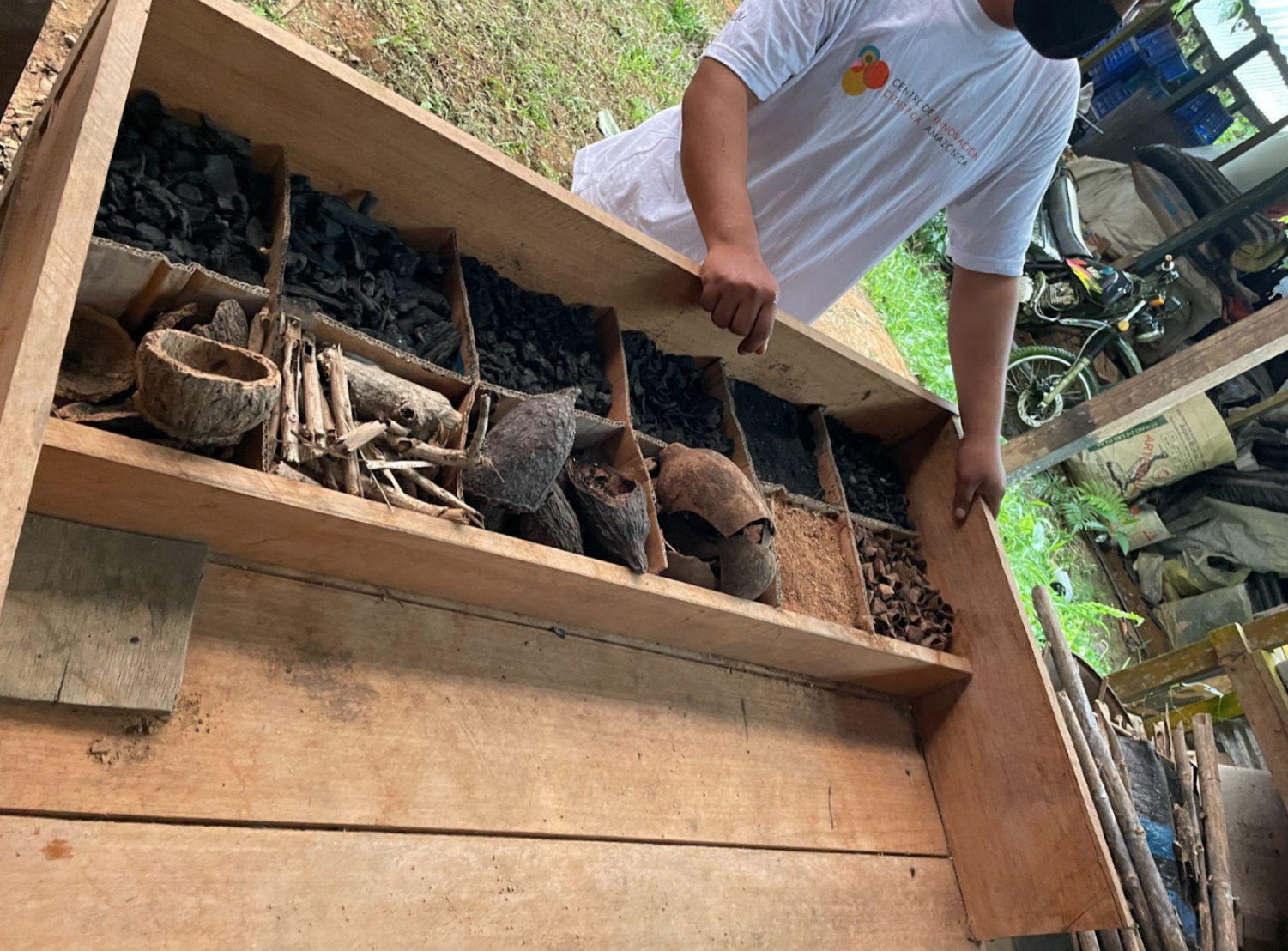
(Mia Springer)
Through CINCIA, everyone has access to the information, including the miners. Their hope is that society will be better informed to make decisions that will lead to positive outcomes for the Amazon.
Carol Mitchell, the deputy project director of CINCIA, works with Cesar Ascorra, the organization’s national director, to educate elected officials in Lima and Puerto Maldonado. Mitchell compares the active deforestation in the Amazon to the landscape changes during the industrial period in the United States, and how we have all been through logging periods. However, she has hope in the ability of modern technology to offer solutions not available 200 years ago.
“I feel as though the Amazon and Peru are past their development curve, and the forest outside the national parks are coming down,” Mitchell said. “This happened in the United States ages ago, and at this point, we had no satellite images and less communication, and now we do.”
She continued: “It’s going to be different, but somehow nature will do something with the change we are inflicting on it. I see that Peru has 17% of its land areas in protected areas, so we got things to work with. So I am hopeful.”


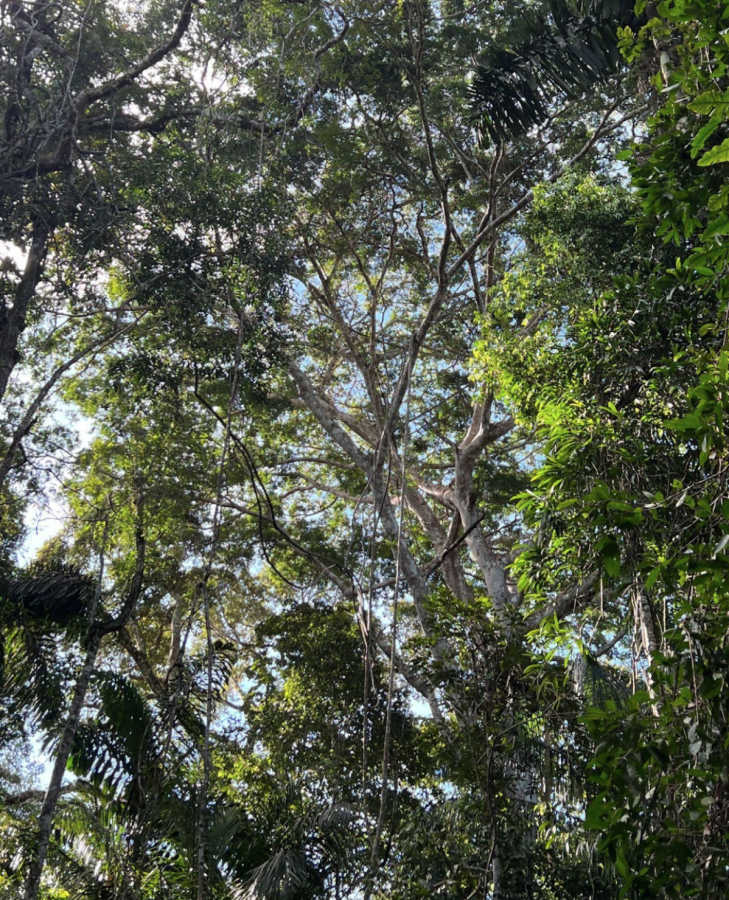











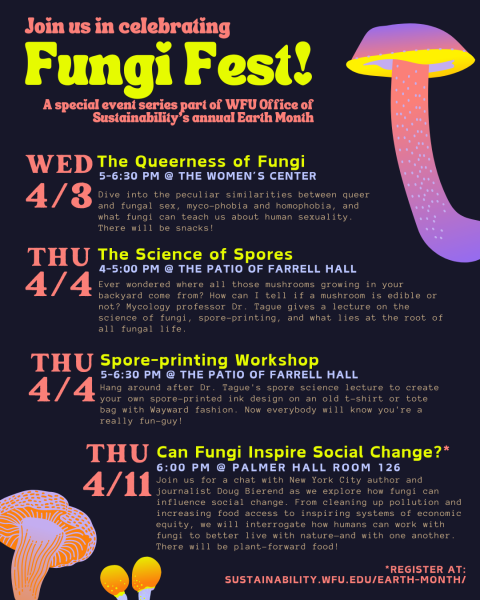
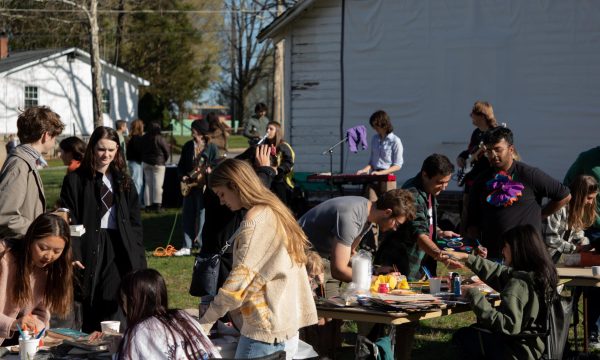
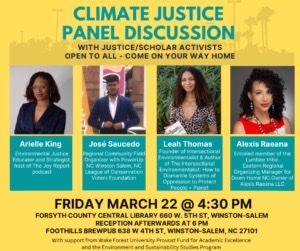

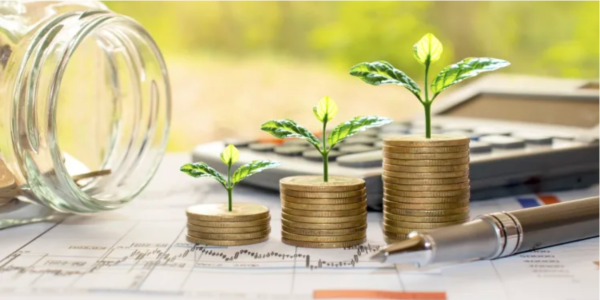
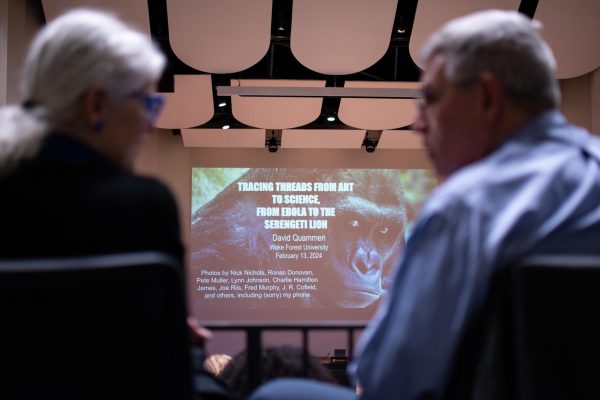
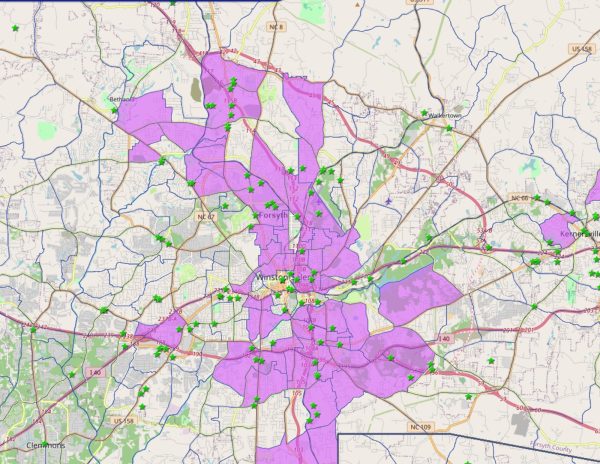
Justin • Apr 4, 2023 at 8:19 am
Great job with this story, Mia. You capture well so much of grim and glorious reality of the Peruvian Amazon, outside and inside the borders of Manu National Park. And why it’s so important to protect.